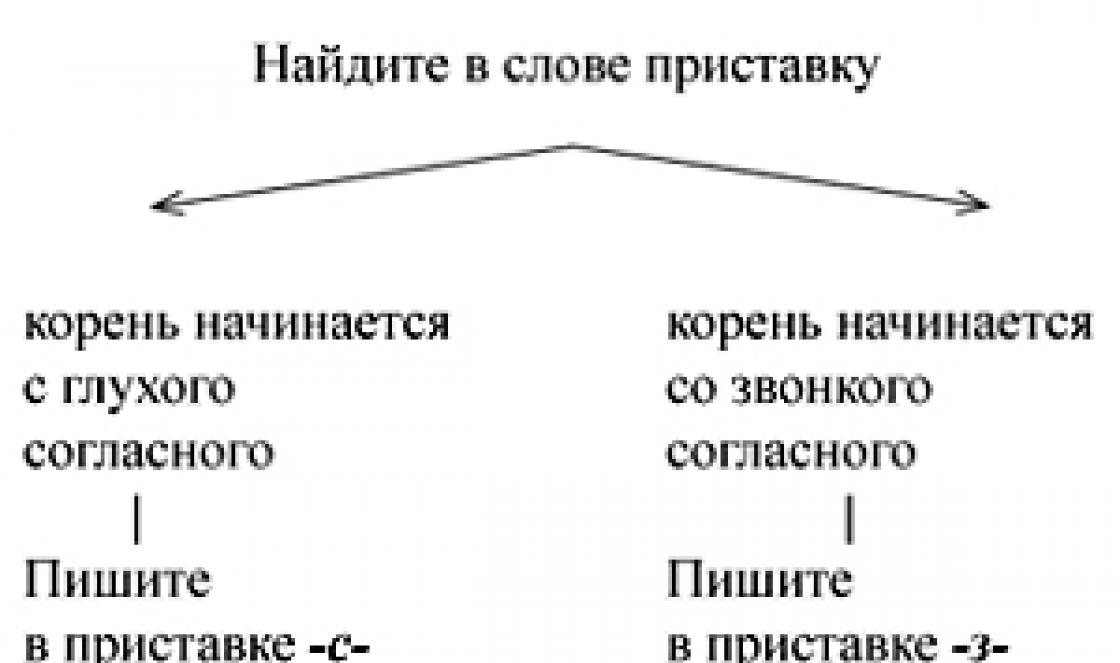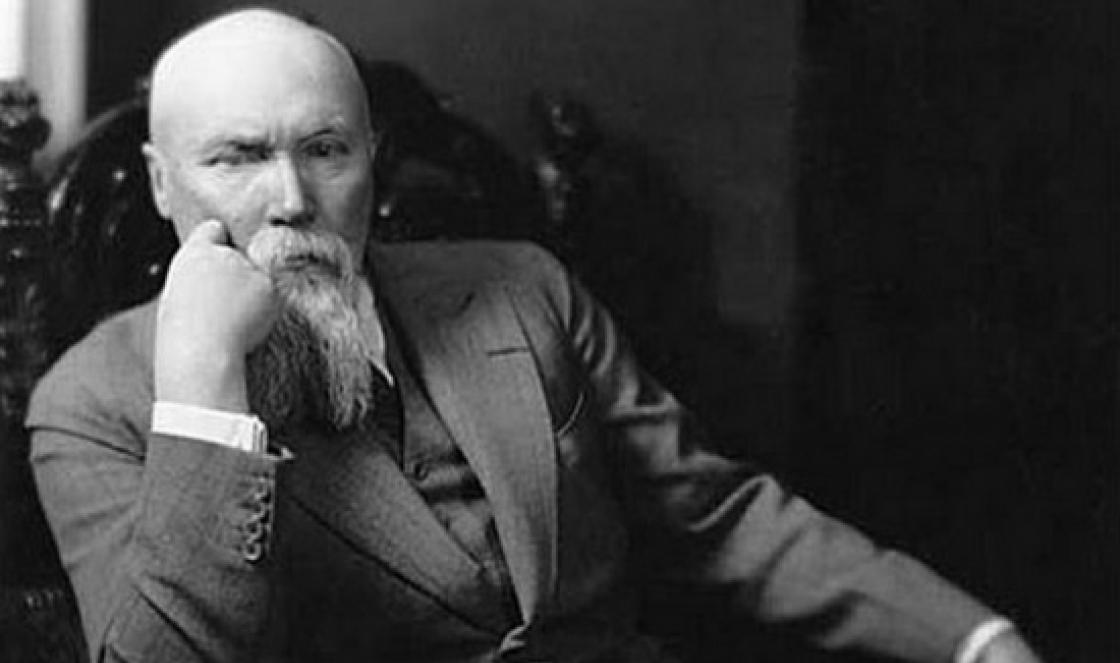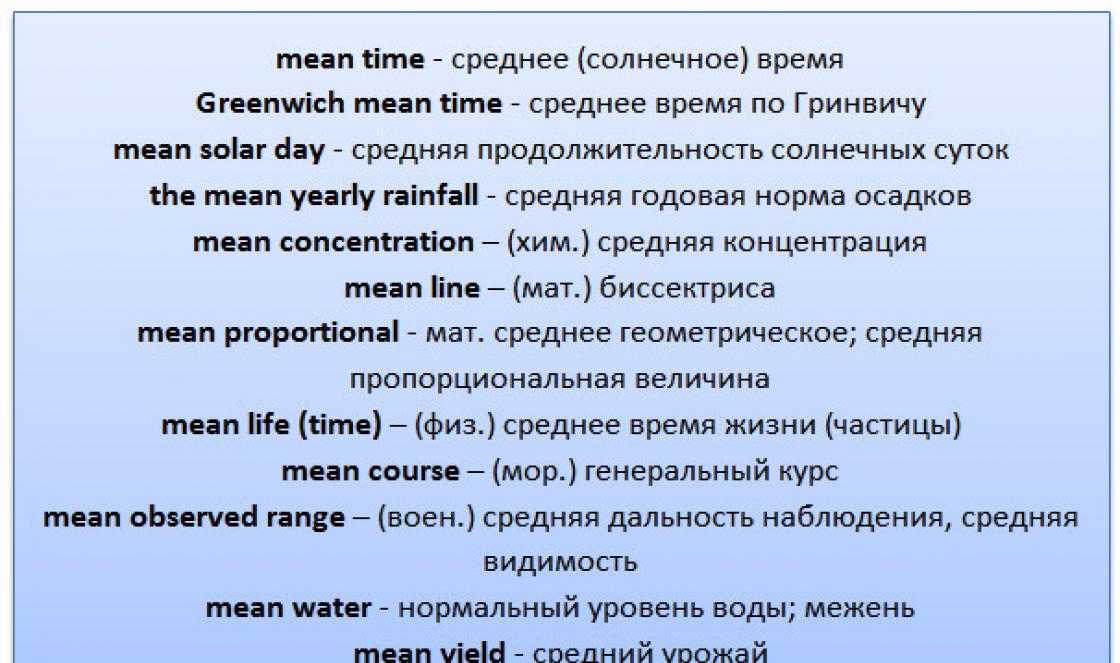Mikhail Paperfreak, a resident of Podolsk, is 30 years old, he works as a system administrator, and devotes his free time to paper polygonal modeling - assembling three-dimensional models from cardboard and paper. He told RIAMO in Podolsk where unusual 3D models come from, how to assemble them, and why they are used to decorate the interior.
- Mikhail, how did you get interested in modeling?
I used to work with metal - I made a three-dimensional drawing using deep chemical etching. Before that I was fond of bicycles, but 2.5 years ago my son Evgeny was born, and I decided that extreme sports did not suit me. I had to look for other hobbies.
I have long wanted to start working with paper. Such an idea appeared when a few years ago I saw the masks of the British designer Stephen Wintercroft for Halloween and costumed corporate parties and parties.
At the beginning of the year, I found and printed out sweeps - detail diagrams - for my wife Elizabeth, who is now on maternity leave. I wanted to captivate her, but she reacted coolly to this occupation. Then I decided to try it myself. Sat at the table and got carried away. The next day I printed more and more, then I began to choose more complex models. I studied all the nuances - what paper is better to use, what glue to choose, how to optimize the process. It's good that the work contributes - in the stationery warehouse I can order the necessary materials.
- What attracts you to polygonal modeling?
I like paper products that retain texture and texture. When creating models, I select good quality paper, glue the parts very carefully. It is important for me that sharp corners are visible, since it is with their help that a play of shadows and mysterious images of figures are created, which change depending on the lighting. Some paint, putty and plaster models, but because of this, sharp corners are blurred, the play of shadows disappears.
- Tell us about the nuances of your hobby.
Modeling not from one, as in origami, but from several folded sheets of paper is called pepakura. It is also the name of the program in which 3D models are scanned and files for printing are created. Pepakura decomposes objects into polygonal parts, but you still have to work with them - each part needs to be checked, to see that the flaps for gluing are in the right direction.
Spatial orientation is very important. It's like you're putting together a three-dimensional puzzle. First you need to take something simpler, then more difficult. Beginners can contact me, I will prompt and help. There were thoughts to hold master classes - for example, in Necafe, which is located not far from me. If I get a lot of people, I'll do it. One master class is enough to understand the principle.
- What did you manage to achieve?
When I learned how to cut high-quality, well and quickly, I tried to unfold the models myself. I found several free 3D models on the sites - an armadillo, fists of the superhero Hulk. I downloaded them and, using the Pepakura program, laid them out on sheets. It takes about a day to create one small, simple sweep. You cut it for 8-9 hours, glue it, cut it again, lay it out in a different order, move the valves - as a result, you understand how it all should look.
I can already quickly and accurately, almost blindly, glue models of any complexity. Developed its own method of action. It took about a month to hone the skills. I can collect one large and complex figure a day, but before I could spend a week on this. I can assemble the same fists of the Hulk in just a few hours. In parallel, I can play with the child. By the way, my son really likes my hobby. I think that many figures will perfectly decorate the nursery.
I have already collected about 40 large models and many small ones. Several products have already found new owners - they gave them to someone, they made them to order.
- Can paper modeling generate income?
At this stage, I can only charge for materials and physical labor, but not for models, because they are not mine, and I do not have the right to demand payment for them. Copyright must be respected!
If a person wants a certain model, he can buy a scan, and I will do it. In addition, I have a large selection of paper, which is difficult to buy in separate sheets. I can also make a preliminary scoring of the model, which will only be glued. Cutting and punching is not the most interesting thing.
The Hulk Fists model cost 800 rubles. Not so long ago I was ordered to scan an elephant, which cost 2200 rubles, since first I had to assemble a test model. But even if I sell something, all the money goes to buy cardboard and glue, since quality materials are expensive.
- Can you change the size of the models at will?
Each model is laid out on a specific paper size. For example, Triceratops was originally laid out on 50 A4 sheets. You can expand it into A3, then there will be fewer sheets, and the size of the Triceratops will be larger.
Personally, I like big models. If the elephant is assembled from A4, it will be a toy, but I need it to look like a decorative element that can be hung on the wall. But some models are too big - for example, an astronaut, for whom it is difficult to find a place. Therefore, it is very important to choose the optimal size every time.
- How common is your hobby?
Paper polygonal modeling is not a new hobby, people have been doing it for a long time. It’s just that now a large database of models has appeared, so beginners have a wide choice of what to collect. There are several communities on the VKontakte social network for people who are passionate about this hobby - for example, Selected Waste Paper, where people post and discuss scans. There are personal groups where masters share their creativity and give useful advice.
In Podolsk, I do not know other people who are passionate about paper modeling. To some extent, I am its popularizer: I post my work on my page in Instagram and in the VKontakte group
Hello friends! Today we have a great opportunity to get acquainted in practice with a fairly young, but already very popular among amateurs and professionals, the direction of paper art - polygonal modeling.
This type of papermaking is also related to Papercraft. Its essence boils down to the creation of three-dimensional figures and structures from sheets of paper, having curved surfaces, up to the most complex ones, repeating the anatomy of an animal or a person.
Of course, the full cycle of designing figures requires the skills to use special computer programs. But now the founding masters have already gained such experience, created so many materials that even beginners have enormous opportunities for creativity. And it's extremely exciting!
The main thing is to learn the basic techniques and work with sweeps (templates). And in terms of using templates, we ourselves are not a blunder. :)
More clearly about what polygonal paper modeling is, how and where to start, real professionals will tell you - the creators of the workshop "Made by Klinino".
Basic master class on polygonal modeling from the workshop "Made by Klinino"
Greetings, fellow hobbyists, dear readers of KARTONKINO!
My name is Maria Klinina, and together with my husband we have been creating polygonal figures from cardboard for the third year already.
To make it easier to understand what it is, I will show several of our projects created in our workshop "Made by Klinino".


To create most of these figures, we use colored cardboard with a density of about 300 g/m² and glue.
First, we design a 3D model, bring it to the desired look, and then “unfold” it - divide it into flat parts in the program Pepakura Designer.

To get a model out of paper, we then cut out these flat parts from cardboard, bend them according to the pattern and glue them together.
Most of all, we like that in this technique you can create almost any figure - it's just a matter of painstaking work.
We made figures of various sizes (from 10 cm to 1.5-2 m) and of varying complexity. There is always one thing that unites the process of creation: at this moment you feel like a sculptor, you glue each next detail and watch with pleasure how the model gradually takes on its final shape.
And the range of application of such polygonal figures is very wide: decorating home interiors, decorating retail space and festive events, creating creative photo zones, carnival masks, etc.


If you are interested in this topic - welcome! As in any field, in order to gain experience, you need to start training with the simplest.
And I propose to assemble an entry-level model - a heart-shaped box so that using her example you can get acquainted with the principles of assembly and understand that there is nothing complicated in this! Especially when there are ready-made sweeps.

Width of the finished box - a little more 12 cm, height - 5.5 cm.
So, for work you will need:
2 sheets of thick paper or A4 cardboard (you can use colored cardboard, or you can take white for assembly and paint the finished box);
stationery knife or scissors;
glue (ordinary PVA is also suitable for this model);
about 1 hour of free time, a little patience and a good mood :)
You will also need to scan the details of the box. Download them here:
Procedure
- First of all, it is necessary print sweeps on paper or cardboard with a density of 160 g/m². You can find such cardboard in art stores or stationery stores.

Legend:
- a solid line is the border of the element, you need to cut the part along it;
- dash-dotted line - fold line ON YOURSELF;
- dotted line - fold line FROM YOURSELF;
- the numbers indicate the areas of gluing; the faces of two parts with the same numbers are glued together.
- Cut out all the details.
You can do this with scissors or a clerical knife: apply a ruler along a solid line and draw along it with a clerical knife.

If you cut out the details with a knife, think about what to put the sheets on so as not to ruin the table.
It is best to use a special cutting mat. But in its absence, you can use something from improvised materials: a sheet of plywood or hardboard, a piece of linoleum, etc.
- Bend the parts in the right places.
To make the folds clear and neat, you need to PUSH each line, that is, put a ruler along it and draw along the line with pressure (“break through”) with a suitable tool.

As a creasing tool, you can use the tip of a compass, a knitting needle that does not write a ballpoint pen.
You can even score with the back (blunt) side of the blade of a clerical knife.
After creasing, bend the parts in accordance with the notation - TO MYSELF(dash-dot line) or PUSH(dotted line).
- Glue the details.
The edges of two parts with the same numbers are glued together, with valves and markings inward.

You can use stationery glue or super glue to speed up the process.
Apply a thin layer of glue to the valve and gently press the parts together.
- The box is ready!
And now you can fill the box with sweets or other pleasant little things and give it as a gift. The smile of a dear person is a great reward for your efforts! :)

I will be glad if this master class on polygonal paper modeling turns out to be interesting and useful for you!
Remember how you made paper airplanes as a child and launched them into the air. The art of making different shapes out of paper is called origami. There are also many fans of 3D graphics - modeling is done on a computer editor.
For this, different techniques are used.
One of them is polygonal modeling.
There are many fans of videos and games on the computer. All 3D computer games include a given number of polygons. Figures of cars, characters and various objects are made up of polygons that are present in the game.
A polygon is a polygon with a different number of corners in the form of a triangle, quadrilateral, pentagon, etc.
They are quite complex and have as many sides as needed.
They can have 4 sides, 44 sides, or even 444 sides. Names can be quadrilateral, 44-gon, 444-gon. An 11-sided shape may be called an 11-gon.
Triangles, quadrilaterals, pentagons, and hexagons are examples of polygons. The name tells you how many sides the shape has. For example, a triangle has three sides, while a quadrilateral has four sides.

Thus, any shape that can be drawn by connecting three straight lines is called a triangle. Any shape that can be drawn by connecting four straight lines is called a quadrilateral.
Quadrangles are the most commonly used shapes. Triangles and pentagons are used less often.
A polygon is a flat geometric figure with edges and vertices.

All of these shapes are polygons. Pay attention to how all the figures are drawn with only straight lines? This is what a polygon does.
Polygonal modeling is the formation of a grid of polygons, which takes on the shape of a certain object.
The result is the construction of a large number of polygons, which are combined and create a single shape of the model.
A polygon model is an item that is made using a polygon mesh.
An object containing a large number of polygons is not so noticeable, and it seems practical and smooth.
For example, a polygon object includes computer games that use models with a large number of polygons. However, they are not visible. Today there are professionals who design polygonal figures from plastic, wood, paper and various materials.

The invention of polygonal animal figures is the trend of the year. At the same time, they look great, that is, the last squeak.
New Zealand artist Ben Foster invents figures such as aardvarks, dogs, deer and meerkats that look exciting and unusual.
Polygonal figures of animals are made of plastic, then covered with white paint.
Polygonal figurines are made in life size, which looks cool.
Applying white color allows shapes to change their color.
For example, from the sun. This gives the impression that it is a living object.
Another sculptor, Wolfram Kampffmeyer, makes different polygonal animal figures from wood, paper and different materials.

Although the polygonal figures of animals are not life-size, they are rather large in size and look picturesque and burning. This sculptor sells his inventions.This sculptor sells her figurines.
The cost of an aardvark is 2900 rubles. The price of a flamingo is cheaper - 2600 rubles. You can also buy works from a young artist that have a higher price.
Polygonal animal figures look great and practical.





